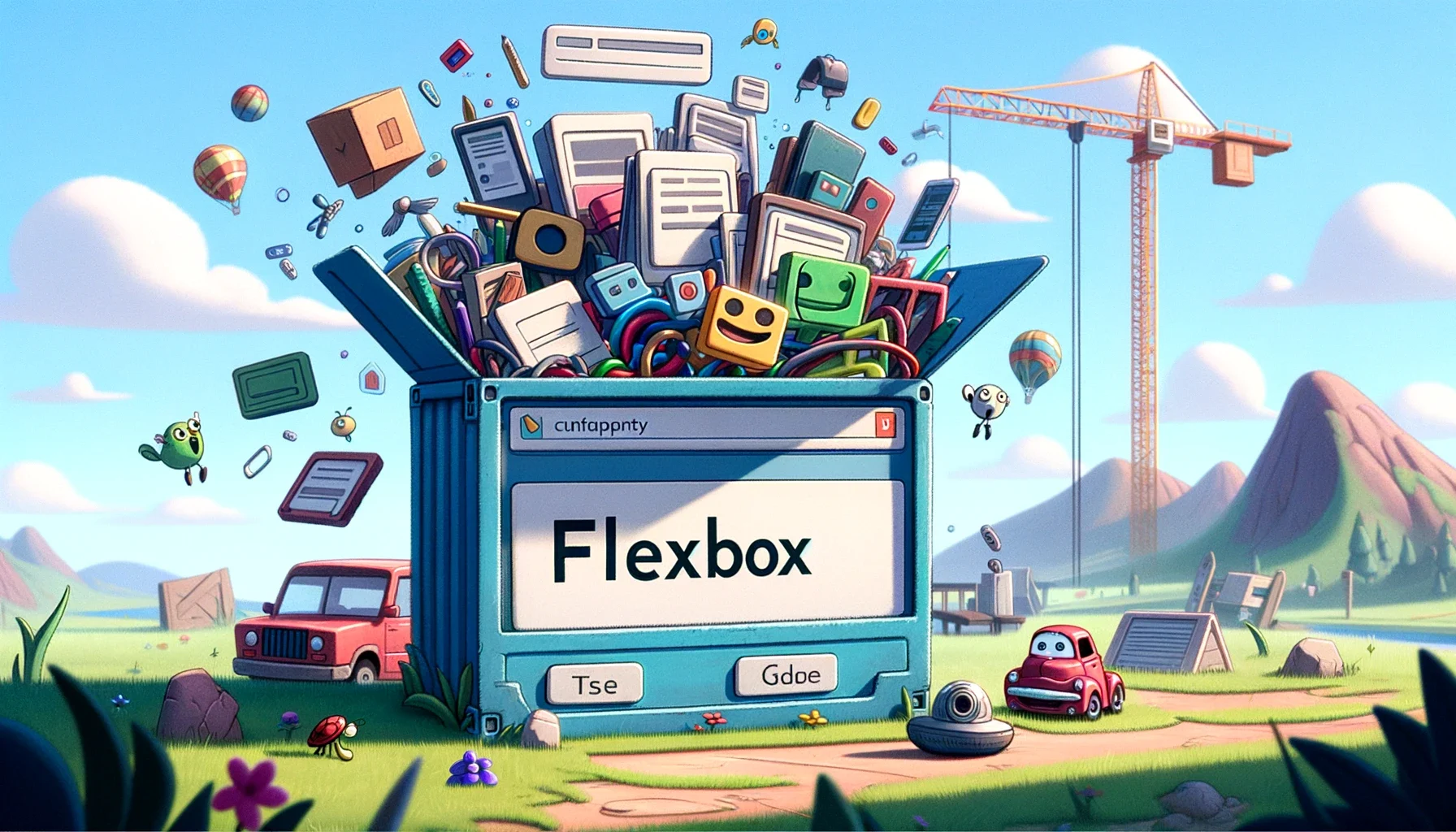What is a Flexbox Container in Elementor?
- Edy Werder
- Published on:

Understanding Flexbox Container in General and for Elementor
The Flexbox layout, short for Flexible Box, is a powerful, efficient way to design complex layouts with CSS. It provides:
- A more predictable method for aligning content within a container.
- Distributing space among items in a container.
- Controlling their alignment is better than the traditional block model.
In the world of web design, Flexbox has become a cornerstone for creating responsive layouts that adapt seamlessly to different screen sizes.
A Flexbox container is essentially an element designated to use the Flexbox model. By setting an element's display property to flex or inline-flex, you turn it into a Flexbox container. This container can then hold child elements, known as flex items. The beauty of a Flexbox container lies in its ability to:
- Arrange flex items vertically or horizontally.
- Control the spacing between items with great precision.
- Align items along the main or cross-axis.
- Dynamically resize items to fill available space or to shrink them to prevent overflow.
This layout model benefits UI components and small-scale layouts, where you need a high degree of control over alignment and spacing.
Flexbox Container in Elementor
Elementor, a leading WordPress page builder, integrates the Flexbox layout to offer a more intuitive and flexible design experience. With Elementor, the Flexbox container concept gives users unparalleled control over their layouts directly from the visual interface without needing to write custom CSS.
Using Element or's Flexbox container, you can:
- Create Complex Layouts Easily: Design sophisticated layouts with multiple columns and rows, adjusting them for different devices directly within Elementor's interface.
- Control Alignment and Spacing: Align elements perfectly and adjust spacing using simple controls, making your pages look polished and professional.
- Responsive Design: Adjust different screen sizes, ensuring your website looks great on desktops, tablets, and mobiles.
- Efficiency and Speed: The Flexbox model in Elementor allows for faster design iterations, as changes are reflected immediately, enabling a more efficient workflow.
Elementor is a web design tool that uses Flexbox to simplify creating responsive web pages. With Elementor, you don't need expert knowledge in responsive design coding to create visually appealing web pages.
The Flexbox container feature allows you to effortlessly prioritize creativity while ensuring that your web pages are fully responsive. Whether you're a beginner or an experienced designer, Elementor makes it easy to create stunning and responsive web pages.
Edy's Recommendation
- Leverage Elementor's Flexbox Containers: Use Flexbox containers for layouts to reduce DOM complexity and improve site performance.
- Monitor Core Web Vitals: Regularly check your website's performance against Google's Core Web Vitals using tools like Google PageSpeed Insights or Lighthouse.
- Optimize for Performance: Alongside using Flexbox containers, ensure images and other resources are optimized to contribute positively to LCP and overall page speed.
By understanding and applying these principles within Elementor, you can create visually appealing and high-performing websites that rank well and provide excellent user experiences.